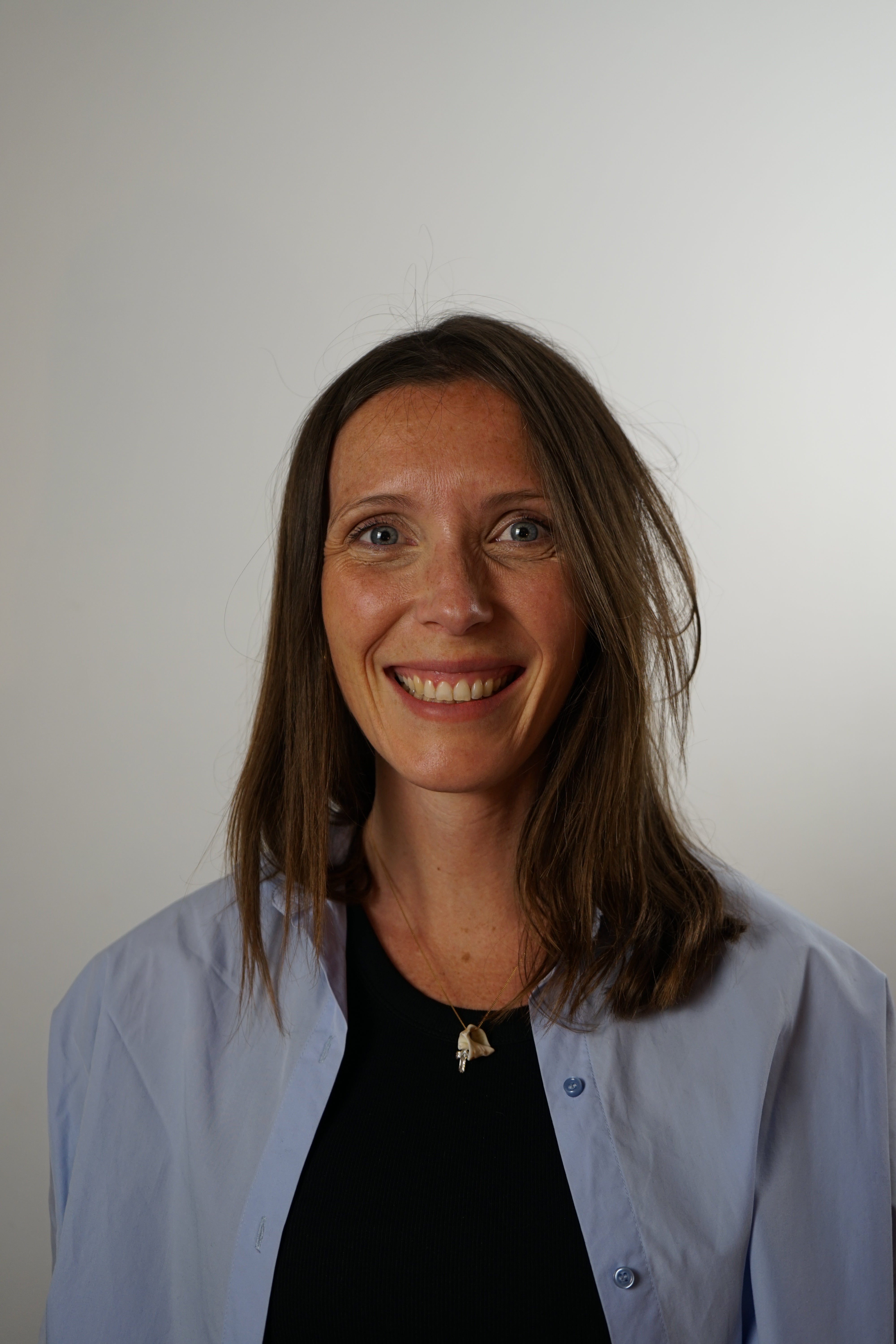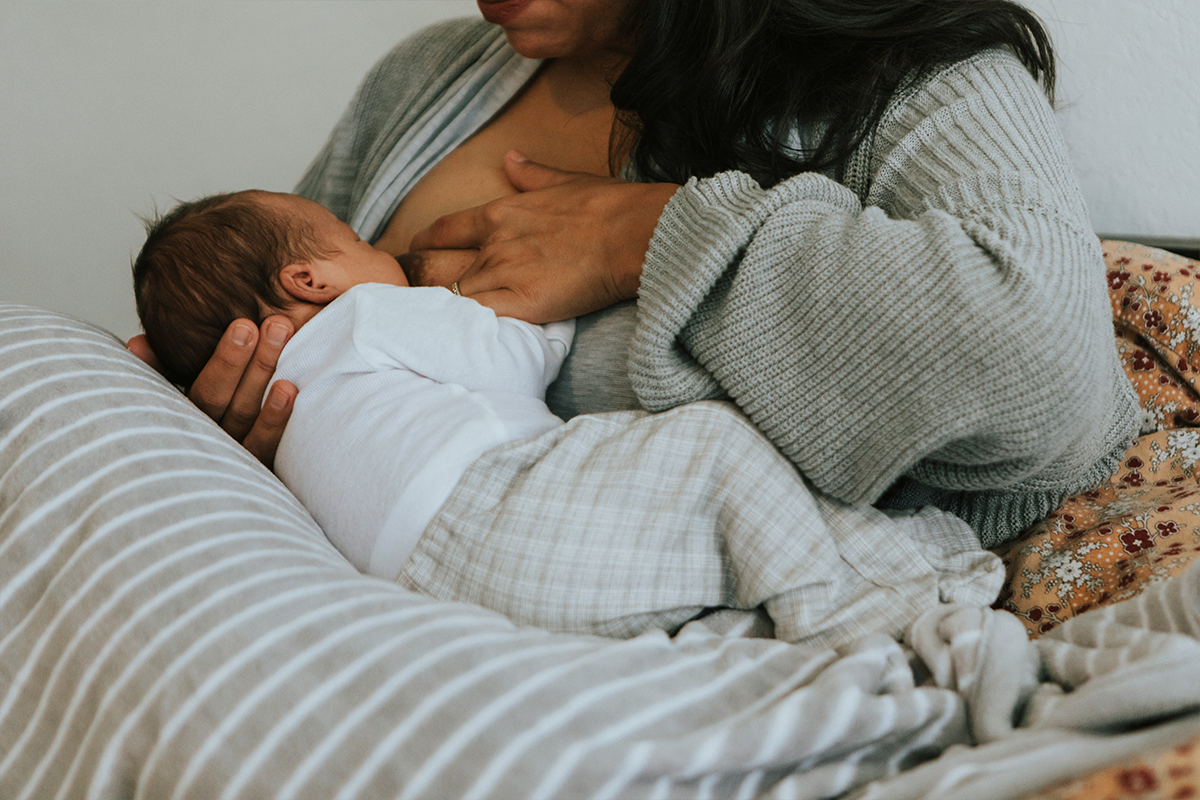Breastmilk baths have gained popularity as a natural remedy for various infant skin conditions. This practice involves adding expressed breastmilk to your baby's bathwater, potentially harnessing the healing properties of this nutrient-rich fluid. While scientific evidence supporting its efficacy remains limited, many parents report positive results in soothing common skin issues like eczema, diaper rash, and cradle cap. This article will explore the concept of breastmilk baths, providing a comprehensive guide on how to prepare and administer them safely. Additionally, we'll examine the potential benefits and considerations for incorporating this method into your infant care routine, empowering you to make informed decisions about your baby's skincare.
What is a breastmilk bath?
A breastmilk bath is a soothing, nourishing treatment that involves adding expressed breastmilk to your baby's bathwater. This practice has gained popularity among parents seeking natural remedies for their infant's skin issues and is often highlighted as one of the gentle ways to use breast milk beyond feeding.
💡 By immersing your little one in diluted breastmilk, you're essentially giving them a nutrient-rich soak that may offer various benefits.
The concept is simple: add a few ounces of breastmilk to warm bathwater, creating a milky mixture that envelops your baby's skin.
The natural properties of breastmilk, including antibodies and fatty acids, may help soothe irritation and promote healing when applied topically through a bath.
The benefits of a breastmilk bath
Soothing skin conditions
Breastmilk baths can offer remarkable benefits for infant skin health.
The antimicrobial properties (1) in breast milk may help reduce inflammation and kill bacteria on the skin. This makes breastmilk baths particularly effective for treating common conditions like baby acne, eczema, and diaper rash.
These soothing effects are largely due to the rich and complex breast milk composition, which includes antibodies, enzymes, and fatty acids known to support skin healing and reduce irritation.
Nourishing and protective effects
Beyond treating specific issues, breastmilk baths provide overall nourishment to an infant's delicate skin.
💡 The unique composition of breast milk, rich in antibodies and enzymes, creates a protective barrier on the skin.
Breast milk baths may help moisturize dry skin (2), reduce inflammation, and even aid in wound healing. This gentle, natural approach to skincare can be especially beneficial for babies with sensitive skin.
How to do a breastmilk bath?
Preparation and ingredients
To prepare a breastmilk bath, start by filling the tub with lukewarm water. Add 5-10 fl oz (1 or 2 cups) of breastmilk, enough to make the water cloudy or milky.
Bathing process
Gently lower your baby into the milky water, allowing them to soak for 5-15 minutes. Splash the breastmilk-infused water over their body, paying special attention to any areas with skin irritation. The nutrients and antibodies in breastmilk can help soothe and heal various skin conditions.
Post-bath care
After the bath, pat your baby dry with a soft towel. Apply a gentle, fragrance-free moisturizer to lock in hydration. Breastmilk baths can be given once or twice a week (3) to help manage skin issues like eczema, diaper rash, or dry skin.
When to give a milk bath to a baby?
For newborns, it's best to wait until after the umbilical cord stump falls off, which typically occurs 1-3 weeks after birth. (4)
Once your baby is ready for regular baths, you can consider incorporating milk baths into their routine.
💡 Limit milk baths to 5 to 15 minutes and use them sparingly, as frequent bathing can dry out a baby's sensitive skin.
How often should you give a breastmilk bath?
Frequency and benefits
The frequency of breastmilk baths depends on your baby's skin needs. For general skin health, giving a breastmilk bath once or twice a week can provide nourishing benefits.
However, if your baby is experiencing specific skin issues like eczema, acne, or diaper rash, you may want to increase the frequency.
Tailoring to your baby's needs
For treating baby acne, you can apply breast milk to affected areas several times throughout the day. This gentle, natural remedy can help reduce inflammation and gradually clear the acne.
When dealing with more persistent skin conditions, consult your pediatrician to determine the optimal frequency for breastmilk baths as part of a comprehensive treatment plan.
Can I use frozen breastmilk for a bath?
Yes, you can absolutely use frozen breastmilk for a bath. In fact, many parents save expired or excess breastmilk specifically for this purpose. Frozen breastmilk can be safely stored for up to 12 months, according to updated CDC guidelines (5). When ready to use, simply thaw the milk gradually to preserve its beneficial properties.
To prepare a breastmilk bath, thaw the frozen milk in the refrigerator overnight or in a bowl of lukewarm water. Once thawed, add the desired amount to your baby's bathwater.
💡 Remember, thawed breastmilk should be used within 24 hours for optimal freshness and effectiveness.
Can I use expired breastmilk for a bath?
Using expired breastmilk for a bath can be a beneficial way to nourish your baby's skin. It's safe to use expired breastmilk for milk baths, as long as it still smells good. The milk doesn't need to be fresh for this purpose.
When using expired breastmilk for a bath, it's important to check for signs of spoilage. Discard any milk that smells sour or rancid, as this could potentially irritate your baby's delicate skin. However, if the expired milk still has a pleasant, fresh scent, it is likely safe to use for a nourishing bath.
As you've learned, breastmilk baths offer a gentle, natural option for soothing various skin conditions in infants. While research is still limited, many parents report positive results from this time-honored practice. If you choose to try a breastmilk bath, remember to consult your pediatrician first, especially if addressing specific skin concerns. By following the guidelines outlined in this article, you can safely incorporate this nurturing ritual into your little one's skincare routine. Whether used occasionally or regularly, breastmilk baths provide an opportunity to extend the benefits of your liquid gold beyond feeding, potentially offering comfort and relief for your baby's delicate skin.
Sources:
- https://www.healthline.com/health/baby/baby-acne-breast-milk
- https://www.healthline.com/program/parenthood-a-complete-guide-to-breastfeeding
- https://www.whattoexpect.com/first-year/baby-care/baby-skin-care/eczema.aspx
- https://www.whattoexpect.com/first-year/first-bath/
- https://www.cdc.gov/breastfeeding/recommendations/handling_breastmilk.htm





